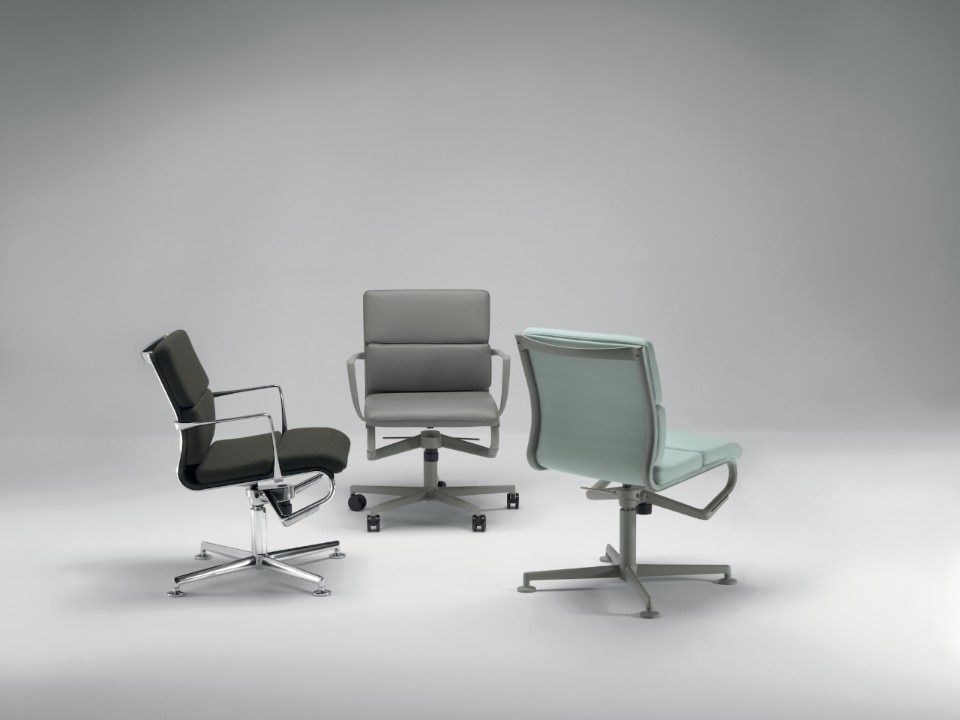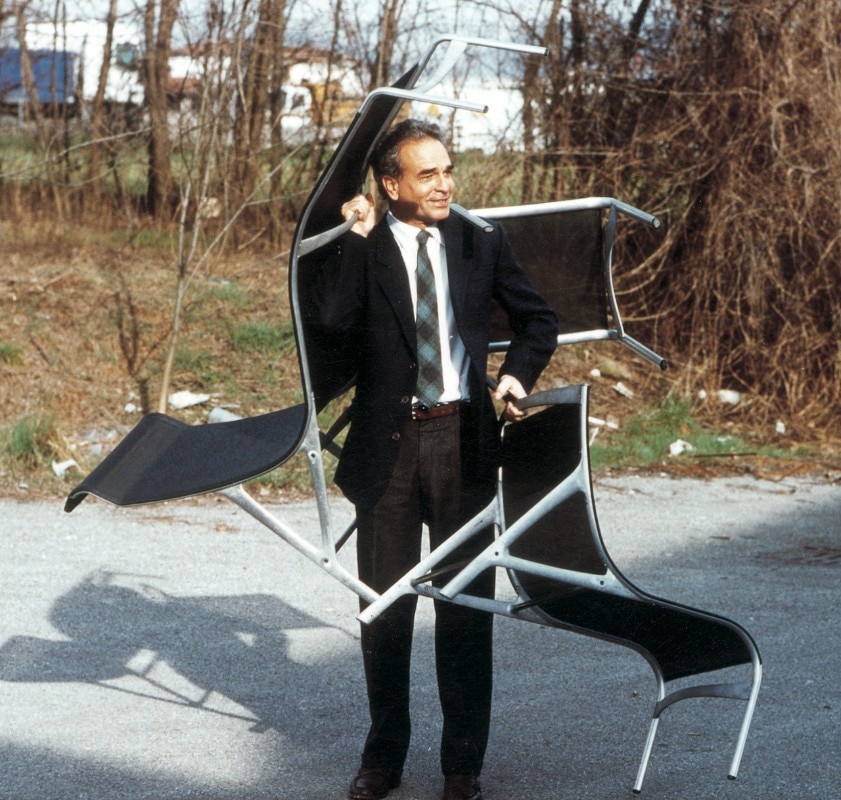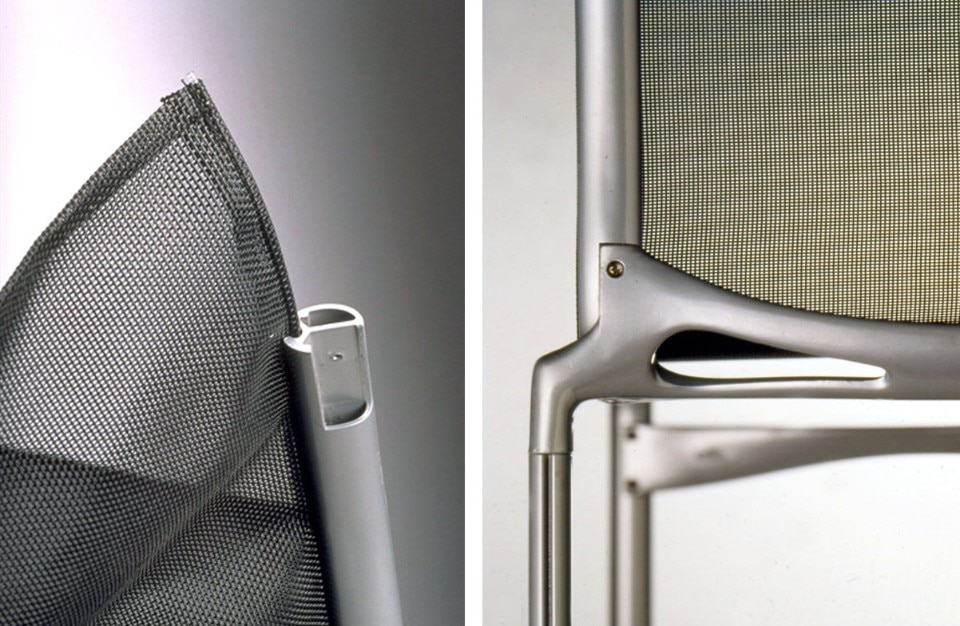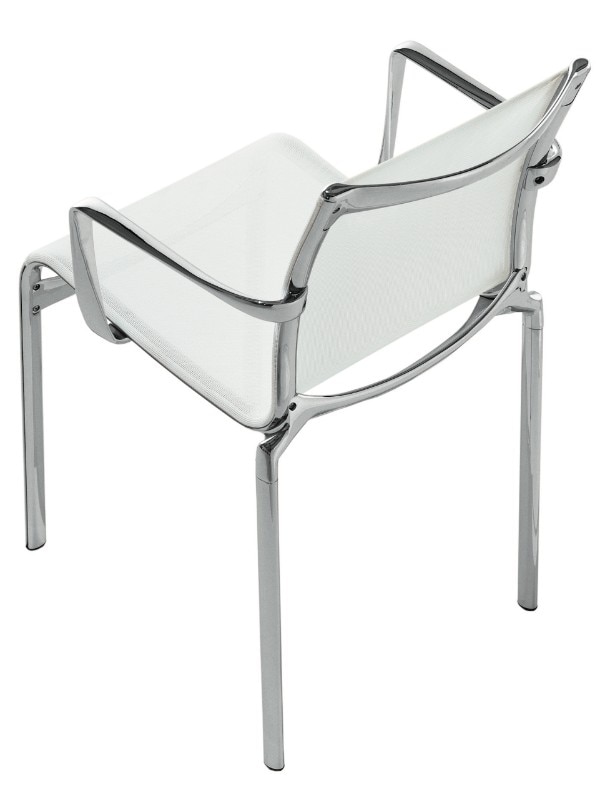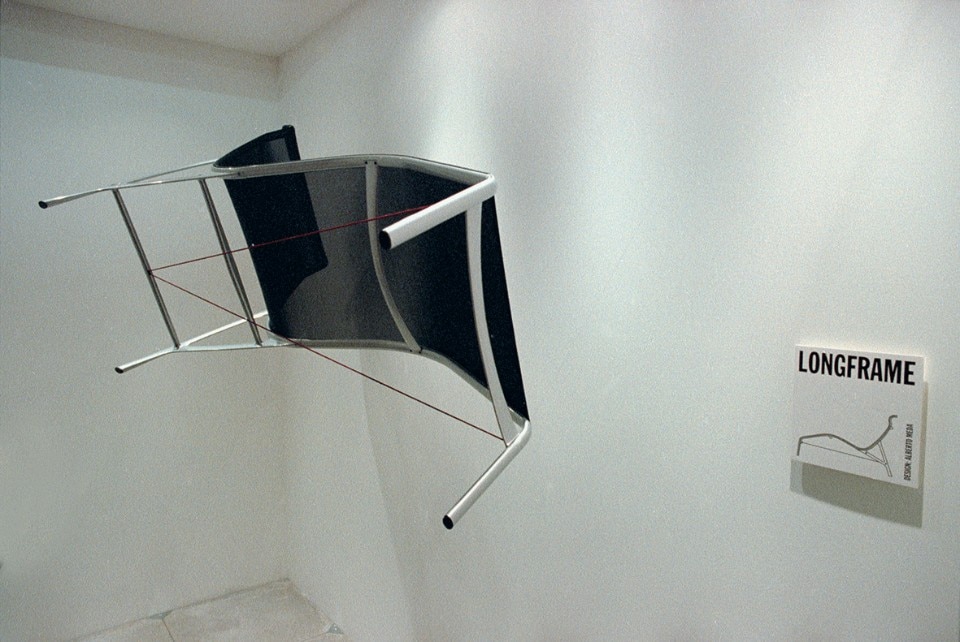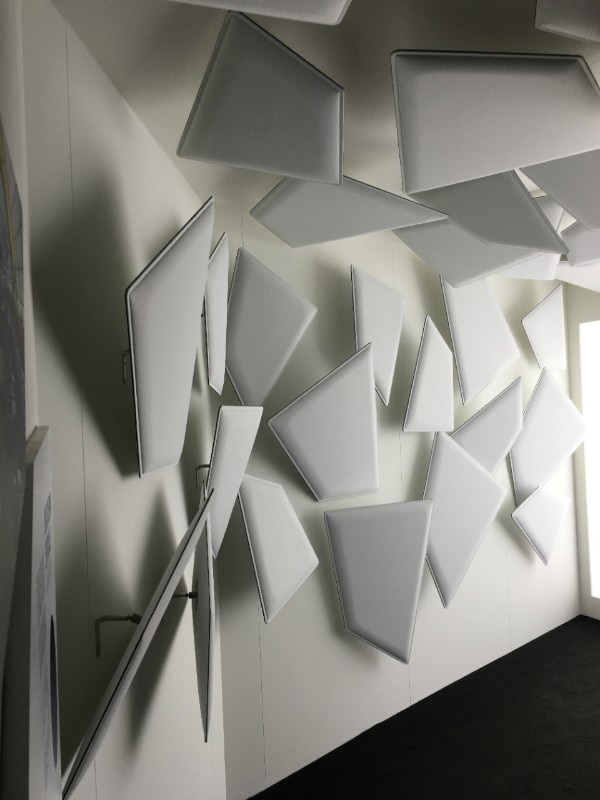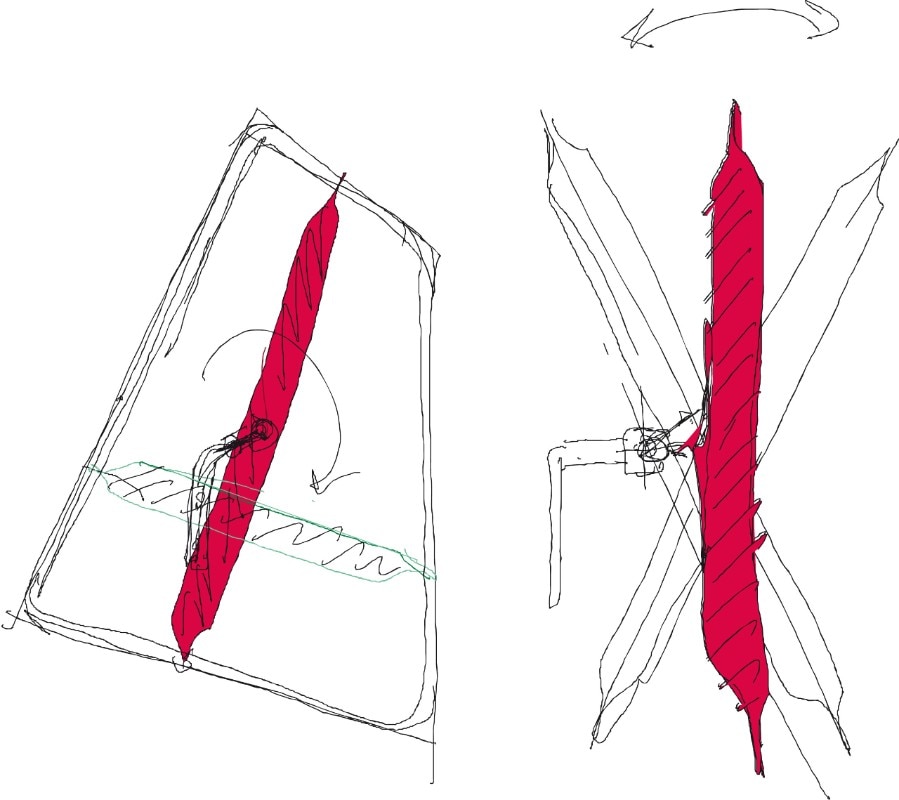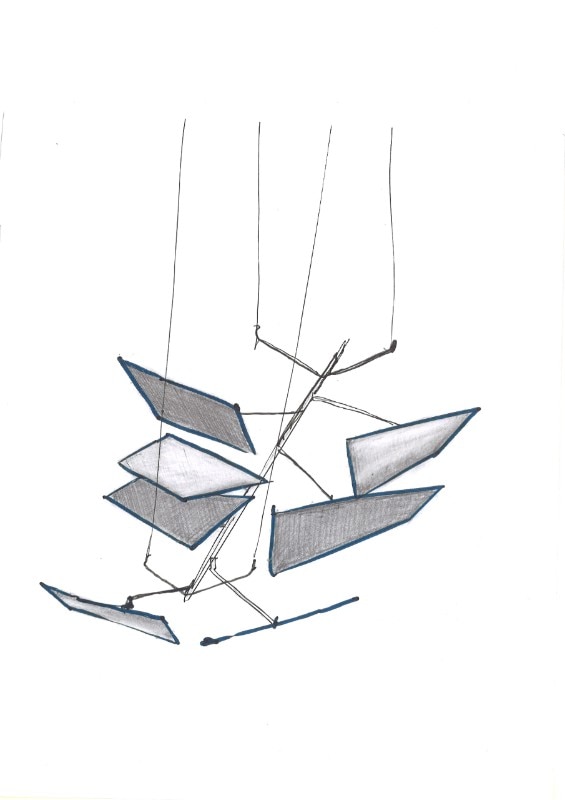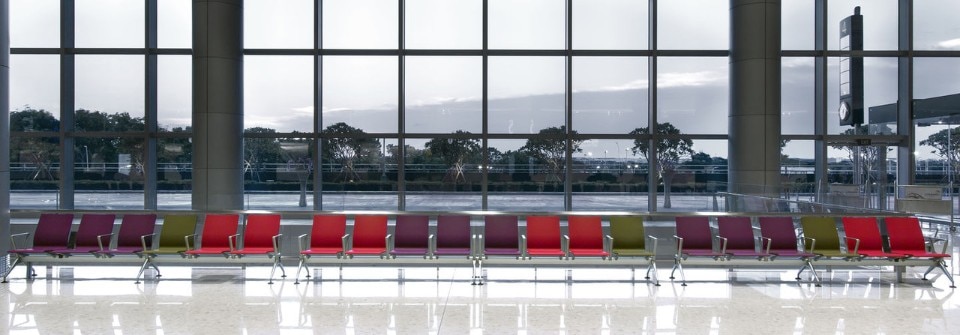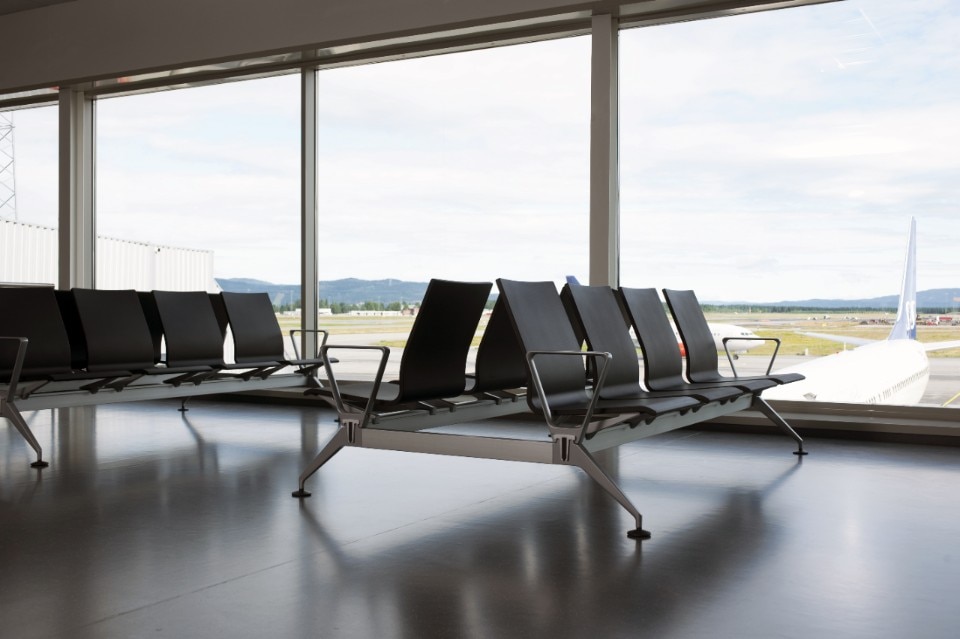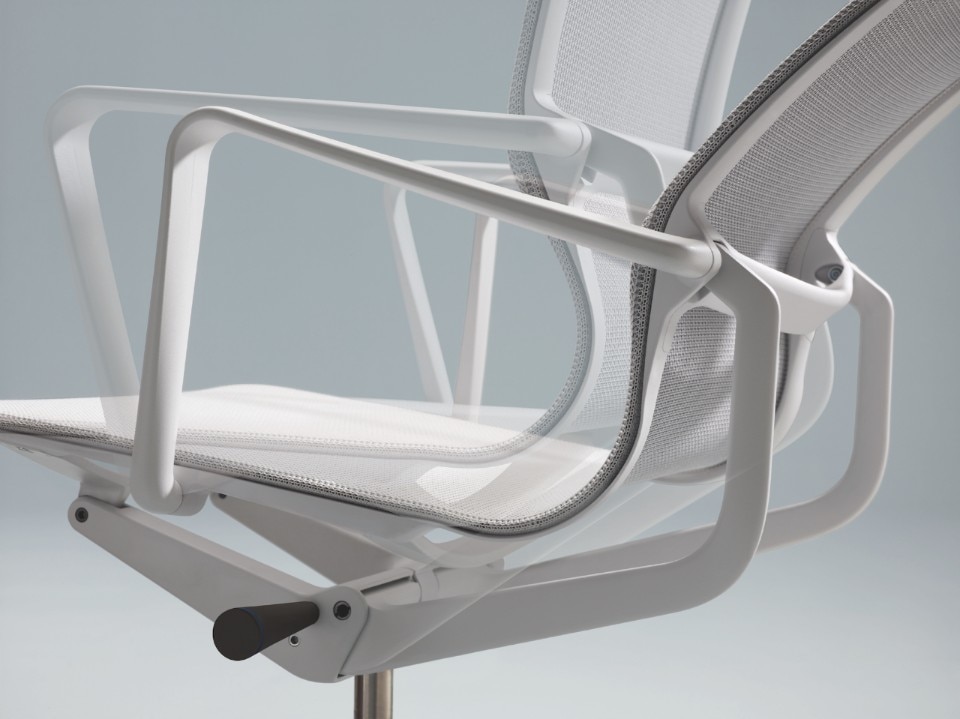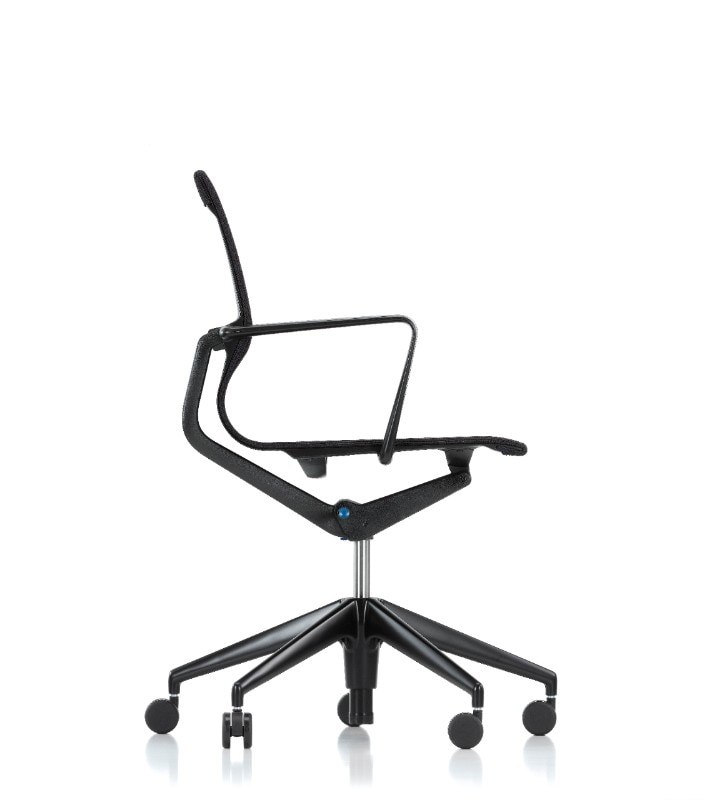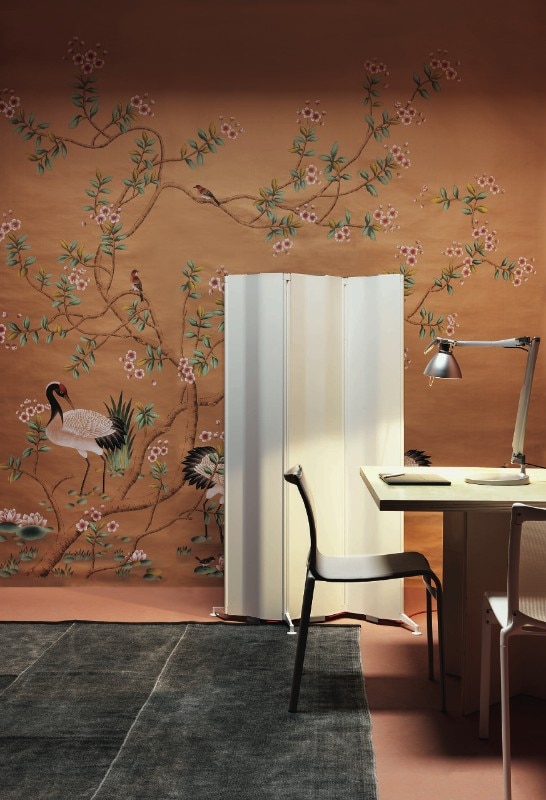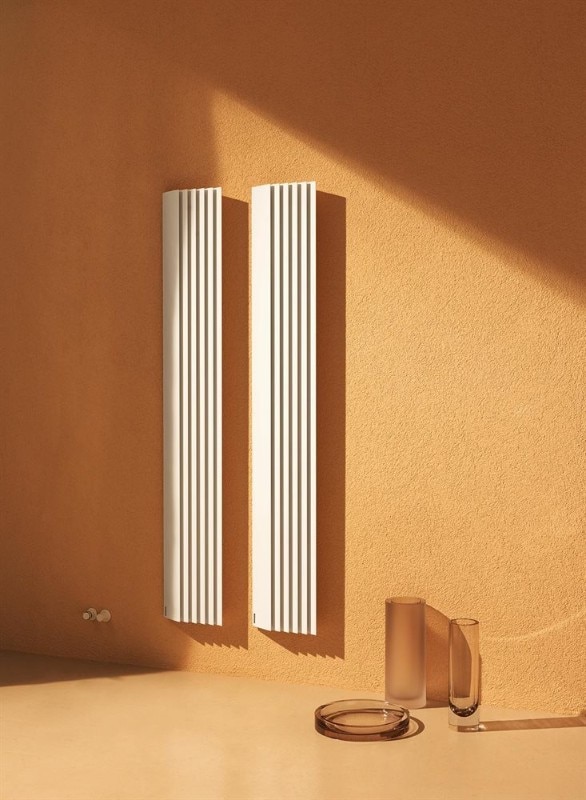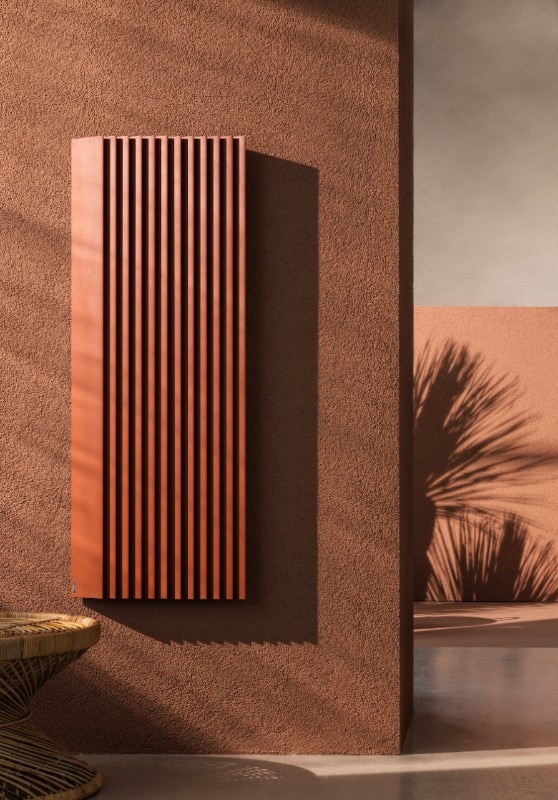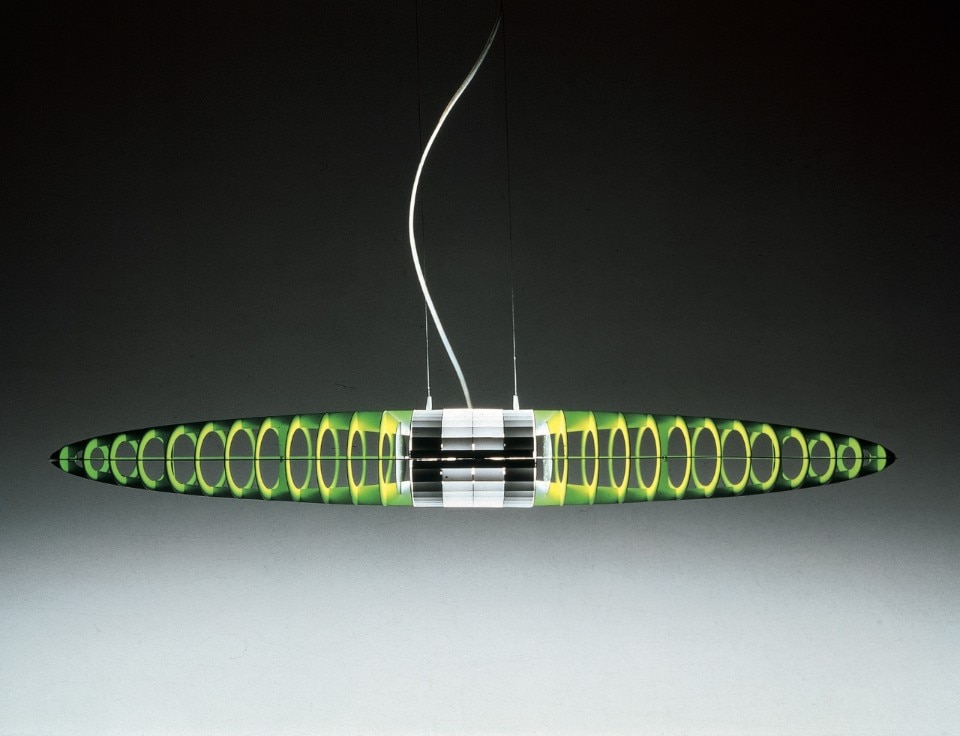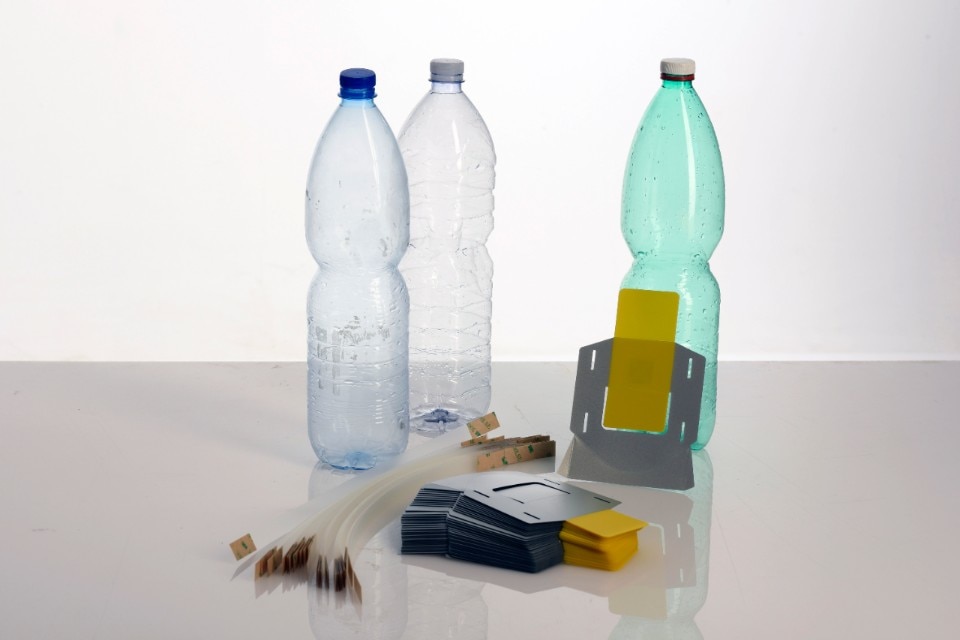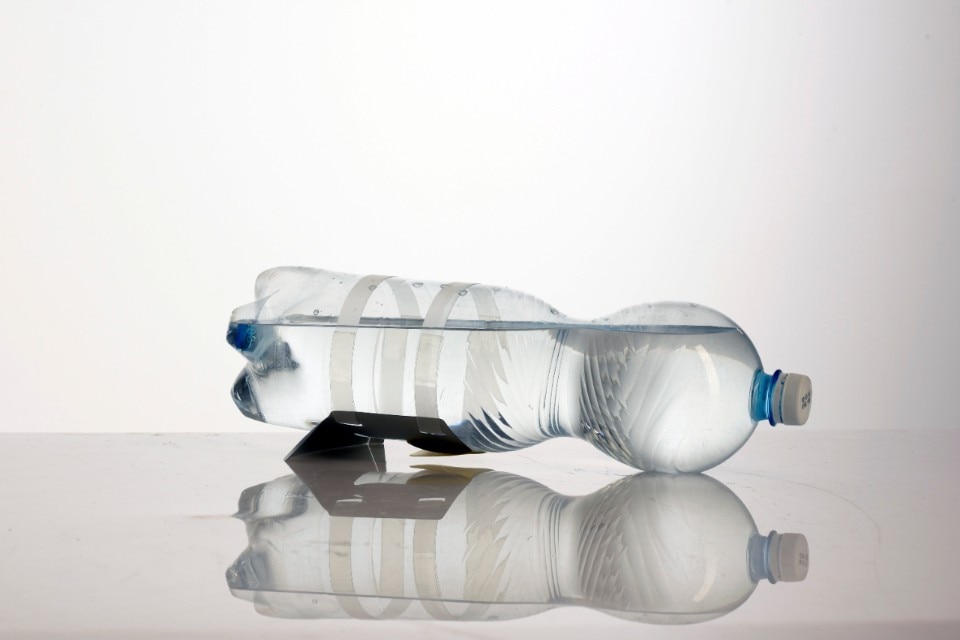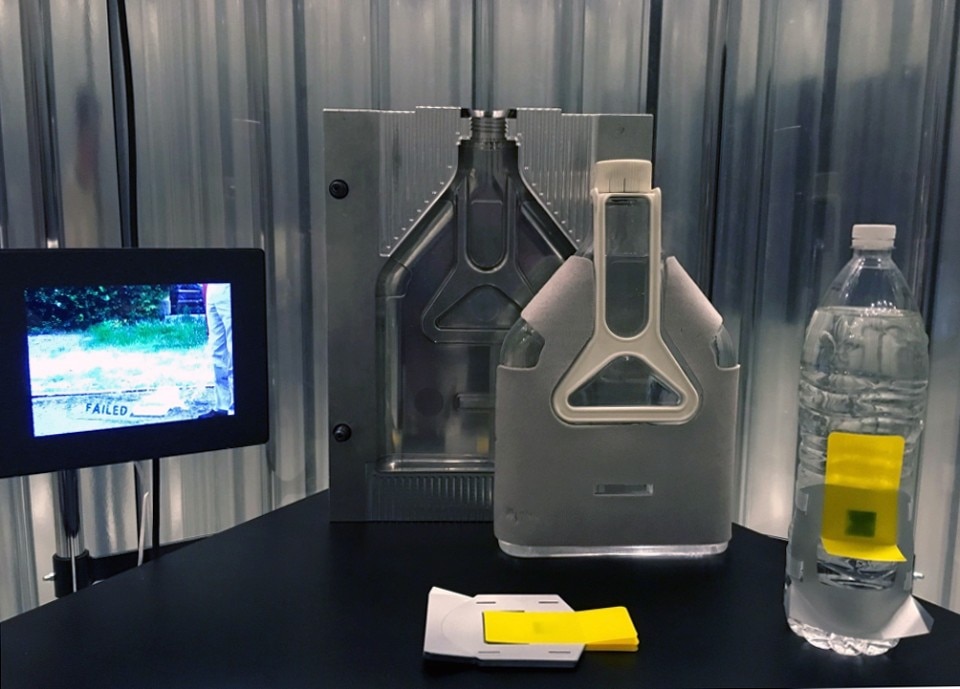How different is industrial design now compared to 20 years ago?
Digitalisation has transformed the world, including our profession. Both designing and manufacturing have become simpler, speedier and more efficient. When you create a concept, the idea is fixed in a sketch, but everything that used to translate into hours and hours at a draughting-table is now done in little time on a computer. This benefits our creative output, seeing that software allows for conceptual modelling before you make your three-dimensional model. By working with points and lines, you can explore alternative solutions and modify them in short delay. Another change is that all this is accessible to everybody. The usability of these systems has improved so much that there are practically no instrumental barriers to becoming a designer. Of course that does not mean that everyone has the propensity to do so.
What do you need to become a good industrial designer?
You need an original slant and way of thinking. You need to accept that nothing is invented from scratch, and that an eye to the past is necessary. Taking into account what already exists is useful for taking a step forward, meaning innovation. A good designer adds a piece that was missing to a line that will continue after them.
What is the difference between becoming an industrial designer now compared to what it was like when you started out?
Job opportunities. When I took my degree in engineering, companies were out looking for me. Investing in a youngster in order to innovate was normal back then, so everyone expressed themselves fearlessly. Youngsters today are not so lucky, because companies tend to work with established personalities. That’s a big mistake preventing industries from obtaining a sense of contemporaneity.
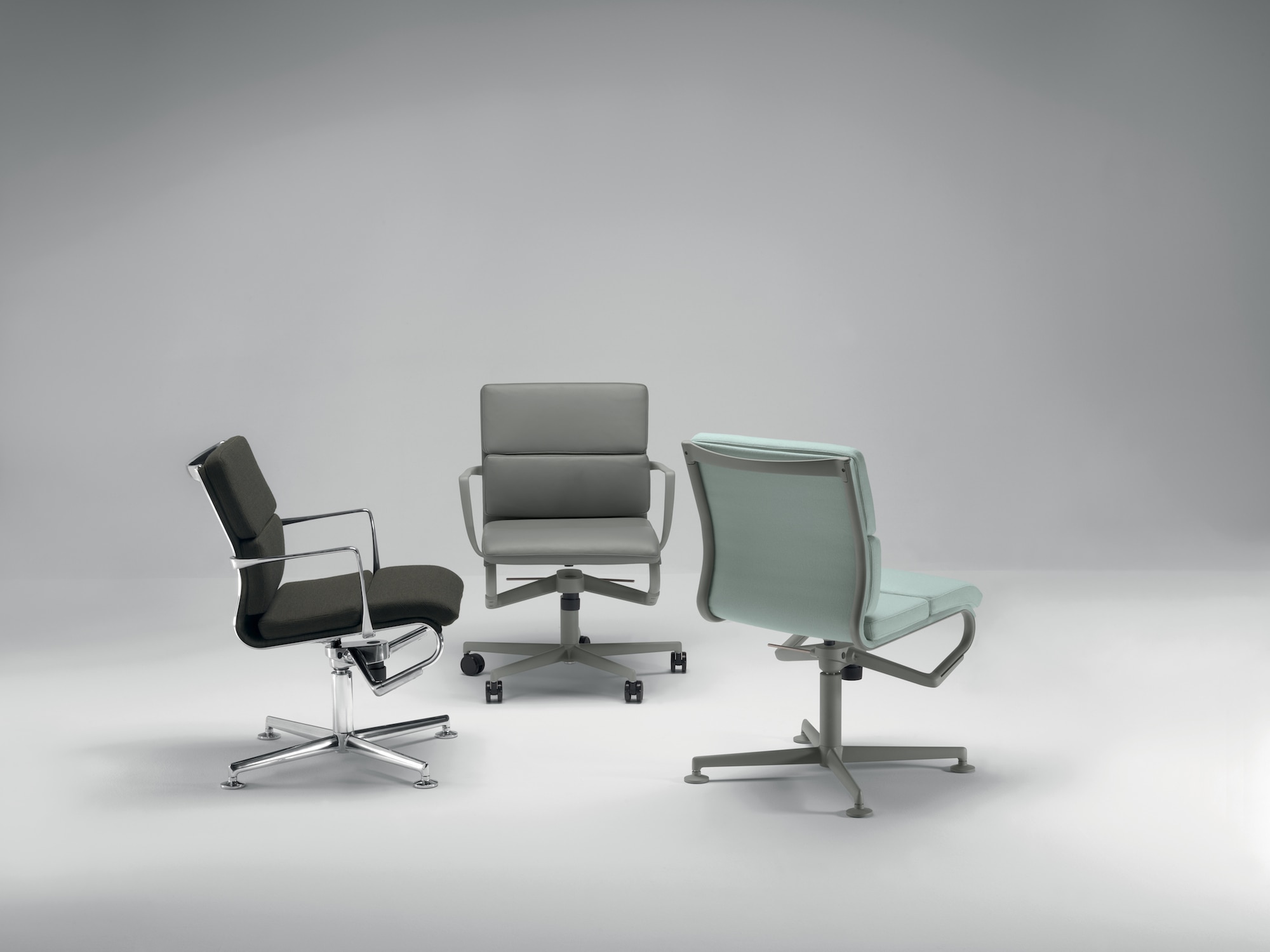
 View gallery
View gallery
What is your opinion of today’s generation?
I think a lack of opportunity has made them more enterprising. Independent production (a line followed by many) gives them visibility and allows them to respond to the needs of a market that increasingly refuses standardisation. I think the talented ones have a strong sense of responsibility and rack their brains to think up objects that are useful, handsome and articulate. There is a search for simplicity that is not banality, but a solution for complexity. For instance, I love Studio Klass. I was impressed by the workstation they designed for Unifor. I found it great project; you can see that much thought went into it. It’s not just about using the appropriate tools, but also the capacity to discern a need and respond to it with a brilliant idea. It is not a gratuitous play of shapes, and that’s huge in this day and age.
What are the traps of industrial design today? What can young practitioners do to avoid them?
Designing something “just because you can” means falling into the trap of gadgetry. This is one of the problems stemming from the diffusion of design technology and digital manufacturing. We fell into the same trap ourselves when the first computer-aided-design systems came out. Everybody jumped on the bandwagon of rounded forms, because all of a sudden it was easy to join curves. Who cared if everything looked like a loaf? But now, we cannot allow ourselves to produce useless things. We designers need to have a great sense of responsibility.
Taking into account what already exists is useful for taking a step forward, meaning innovation. A good designer adds a piece that was missing to a line that will continue after them
What is the problem of industrial design today?
The cacophony, the noisiness, the need to shout in order to be noticed in a world where there’s too much of everything. Many things that are very worthwhile are silent. The sheer quantity has unfortunately emphasised that the value of design is aesthetics, a principle guided by communication that favours quirkiness. We need to convey design culture; the public needs help understanding where the value of things lies – by means of the way objects are exhibited and communicated. Telling the story of objects does not only help rouse emotion (along the lines of marketing) but also diffuses knowledge. At a design museum, if you just line up all the icons without explaining why they’re there, all you’re doing is accentuating the impoverishment of design as a complex and multifaceted discipline. Explaining what design is is a moral duty, because people would purchase things with more awareness. They would not be merely captivated by a look that is bound to bore them sooner or later, but by the thought and technique behind it. Durability is the essence of sustainability.
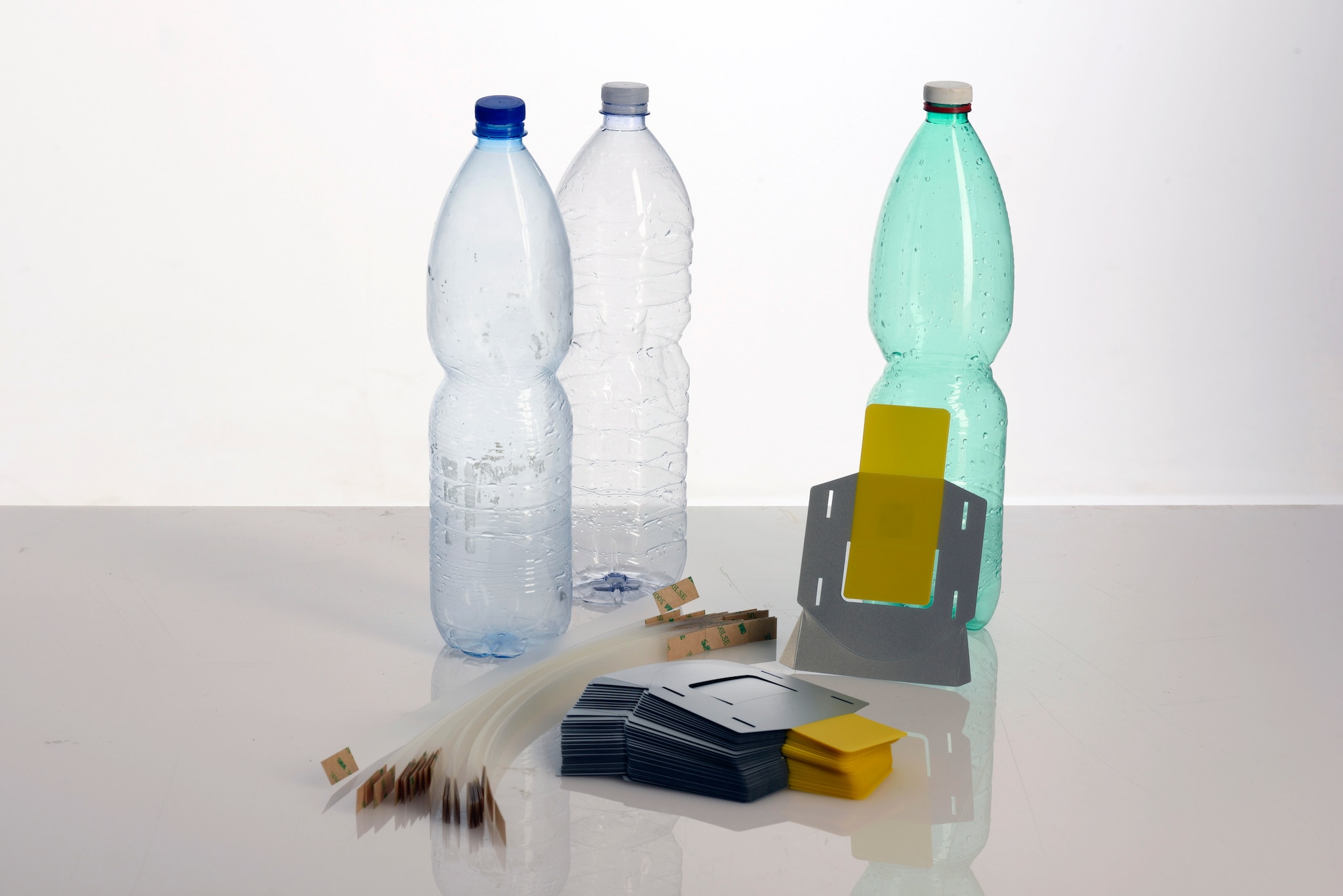
 View gallery
View gallery

Exhibition “La logica dell’approssimazione nell’arte e nella vita” (The logic of approximation in art and life), curated by Gillo Dorfles and Aldo Colonetti, XXI International Exhibition of the Triennale di Milano (2016), Palazzo della Permanente. The Solar Bottle project by Alberto Meda and Francisco Gomez Paz, which had not found a solution, and its necessary evolution into Solar Sensor as an example of the distance between the world of ideas and the world of reality, had been presented.

Exhibition “La logica dell’approssimazione nell’arte e nella vita” (The logic of approximation in art and life), curated by Gillo Dorfles and Aldo Colonetti, XXI International Exhibition of the Triennale di Milano (2016), Palazzo della Permanente. The Solar Bottle project by Alberto Meda and Francisco Gomez Paz, which had not found a solution, and its necessary evolution into Solar Sensor as an example of the distance between the world of ideas and the world of reality, had been presented.
Now we have Covid-19, which leads us to a critical re-examination of everything that we have created up to now.
We need to try and use this extreme situation to generate ideas for the future, in order to avoid once again finding ourselves victims of the contradictions that currently surround us. We are used to an overwhelming lifestyle and an inconsiderate use of resources, and we are only beginning to realise this now because these same resources on which we have been relying are now lacking. We must not underestimate the relationship that exists between the pandemic and both pollution and climate change, and we therefore need to work quickly towards a shift to renewable energy and electric mobility. In order to avoid urban concentration and the amassing of thousands of people, we need to study a public transport system based on thousands of small autonomous electric units, such as those being experimented in Helsinki with the Gacha shuttle designed by Muji and Sensible 4.
We need to rethink work and study spaces, which need to be designed with the distancing of people in mind. We need to imagine a new economy based on businesses that do not merely concentrate on maximising profits, but which are beneficial for society, thus keeping shareholders happy while also making a positive impact on the community and the territory.
What about designers? What is their role in this scenario?
They have a lot of responsibility, because when developing an idea, they should first of all ensure that it has a purpose, and then that it involves the use of authentic solutions and recyclable materials, in order to avoid destroying what resources we still have. Furthermore, in order to avoid waste created through an overly frenetic lifestyle, they need to reconsider the necessity of physical meetings (currently masked affairs), organising them only when strictly necessary... There is no sense going all the way to Moscow for a conference, when it can be followed virtually. In reality, this last example is one we would all do well to follow.



